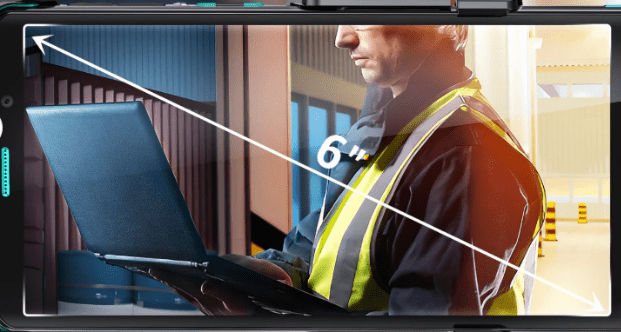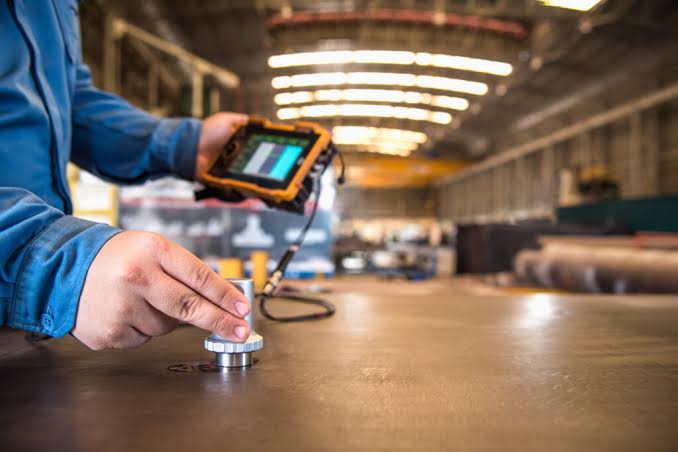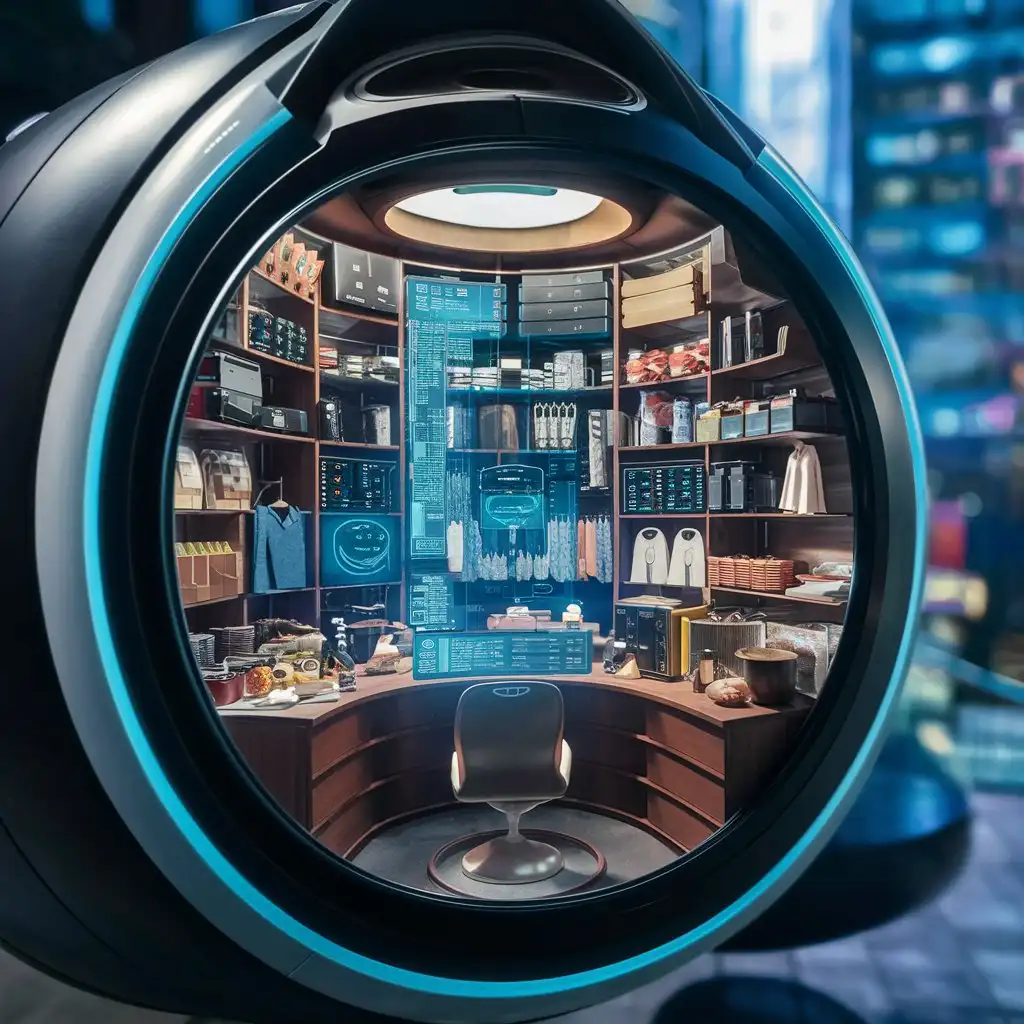Some defects hide where the eye can’t see. A crack inside a turbine blade. A weak weld seam behind a coat of paint. A corrosion pocket deep within a steel pipe. In many industries, catching those defects before they become failures can save time, money, and lives. That’s where NDT (non-destructive testing) enters the picture.
Unlike the more destructive type of inspection that requires something to be opened up or torn apart, NDT enables technicians to examine material without destroying it. It’s the art of seeing the unseen, and it goes about performing a crucial role in everything from airplanes to nuclear power stations.
The Principle Behind NDT
In simplest language, NDT is applying a physical force such as sound, light, radiation, or magnetism to material. The material responds in a manner that can be quantified. The technicians then examine that response for defects or deviations.
All NDT techniques are suitable for all kinds of materials, shapes, and danger levels. There are some that work best on surfaces, others that reach deep inside. The goal is always the same: find hidden flaws before they are costly failures.
Common NDT Methods
Visual Inspection
Prior to exploring high-tech equipment, experienced inspectors tend to start with a close visual inspection. They search for distortions, stress, or wear. Simple, yet it is one of the most dependable methods when combined with experience.
Ultrasonic Testing
Ultrasonic inspection pushes high-frequency sound into a material. If a flaw exists, the sound bounces back in a different manner. It’s a bit like sonar on hard objects. This method is especially good on thick welds, metal forgings, and composite materials. It’s widely used in shipbuilding, aerospace, and the energy sector.
Magnetic Particle Testing
In ferrous materials like iron and steel, the technician can apply a magnetic field to the item. If there is a flaw in the near-surface region, it disturbs the field. A powdered magnetic material spreads on the surface then congregates around the flaw. It’s a fast and effective way to find small surface cracks, especially in pipes and heavy machinery.
Liquid Penetrant Testing
This method uses a colored or fluorescent dye that is imprinted on a clean surface. The dye seeps into surface cracks, and the developer pulls it out, revealing the flaw. It’s used on ceramics, plastics, and metals, especially with hairline cracks or fatigue wear.
Eddy Current Testing
By inducing an electric current into a conductive material, inspectors can detect changes in resistance that point toward cracks or corrosion. There is no need for coupling fluid or surface preparation for this technique and it finds extensive usage across the aerospace, rail, and tubing industries.
NDT X-ray
Among all the tools in the NDT kit, NDT X-ray stands apart for its ability to see deep into solid objects. It works similarly to medical X-rays but with different energies and different machines. Technicians aim a controlled radiation beam at the object, and detectors capture the image.
Heavy material captures more radiation and will be cast as a brighter area on the scan. Flaws such as voids, cracks, or inclusions will read as a darker area or an irregular shape. This method is especially beneficial when scanning castings, weldments, or complex parts where other techniques cannot be successful.
Because it creates a permanent record, NDT X-Ray also allows subsequent records, audits, or after-the-fact checks. It’s used in most aircraft maintenance, in nuclear installations, and in any application in which safety cannot be compromised.
Why NDT Is More Important Than Ever
Businesses are being challenged to do more with less. That means running equipment longer, keeping it in the field longer, and minimizing downtime. At the same time, safety standards are becoming increasingly stricter. A single defect overlooked can result in injury, lost sales, or even legal risk.
NDT provides businesses a means of remaining ahead of trouble without tearing apart costly infrastructure. It facilitates preventative maintenance and enables compliance with regulatory requirements without delay. Whether inspecting a pressure vessel, confirming a weld, or screening a turbine blade, NDT returns control to engineers and operators.
What lies ahead?
Along with the evolution of technology comes the evolution of testing. Computerized X-ray units replace the old film-based technologies. Robots and drones carry out inspections in remote or hazardous areas. Machine learning software helps to interpret results faster and detect the smallest defects not visible to the human eye.
The fundamentals of NDT, however, do not change. They slightly adapt — in the process, in the equipment, and in the technicians who use it.
Conclusion
When you fly on an airplane, drive across a bridge, or flip on the gas at home, there’s a good chance that NDT made it possible for you — behind the scenes, unobtrusively. It’s not a glamorous job, but it is crucial. By allowing engineers to see the invisible, non-destructive testing prevents failure, saves lives, and keeps the world humming today.









